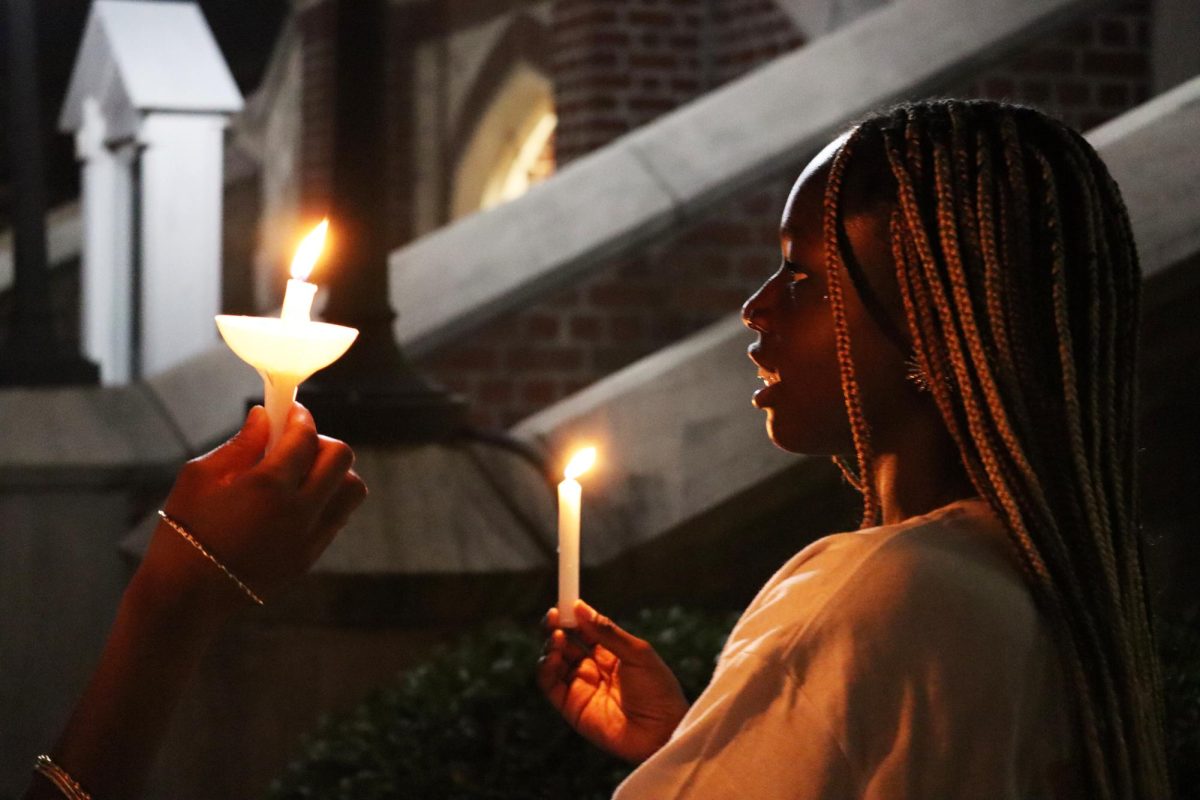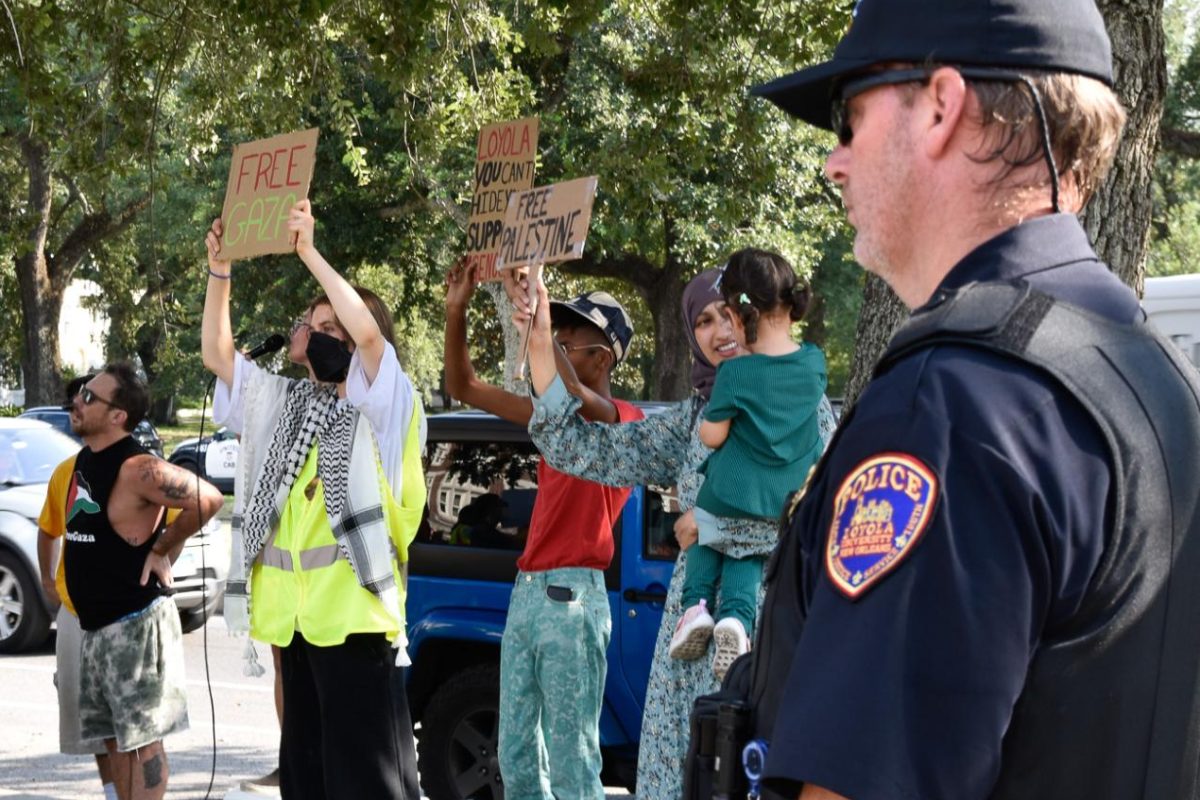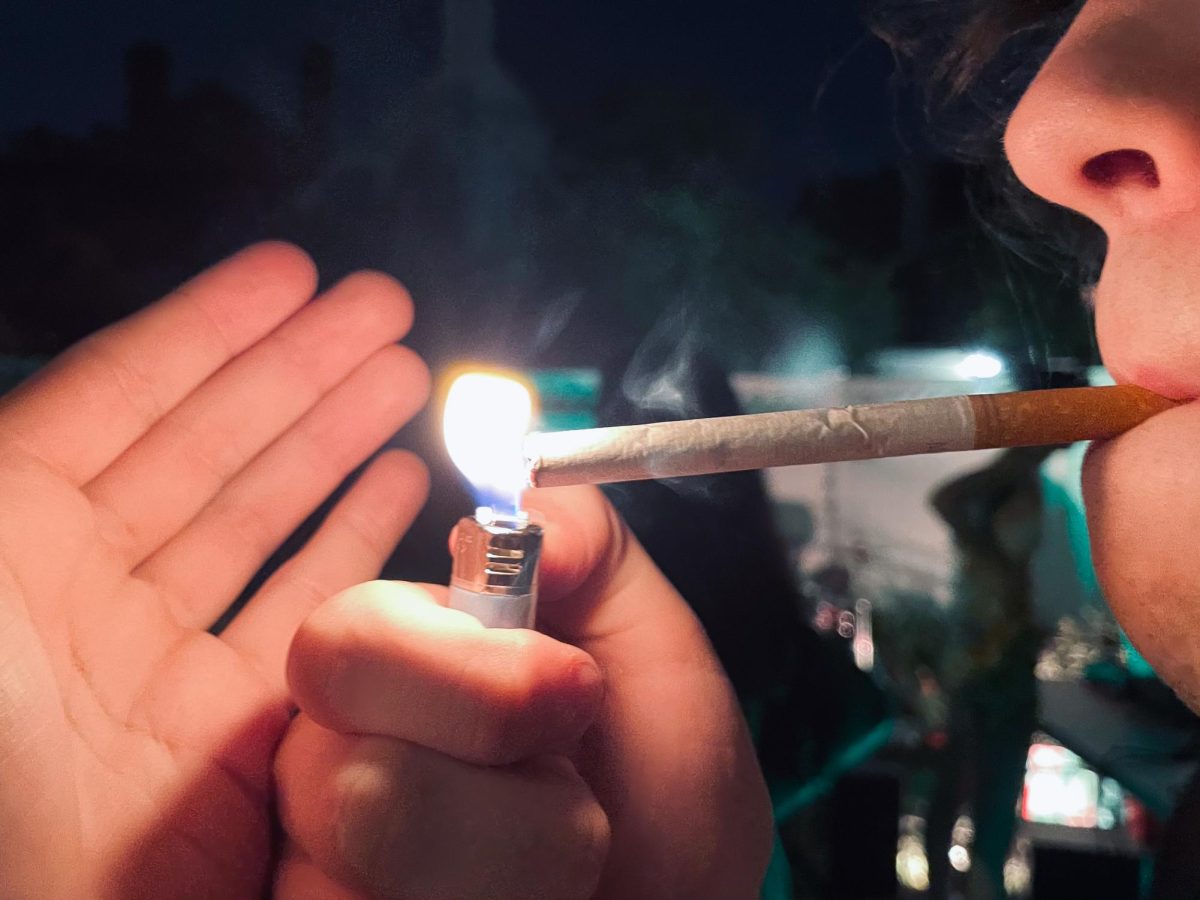At this spring’s convocation, University President the Rev. Kevin Wildes, S.J., highlighted Loyola’s achievements in the past and outlined his hopes for more sweeping changes in the future. But while some of these achievements have fallen in line with Loyola’s mission, the Maroon believes that some of these past achievements deserve a present critical viewpoint if they are to last into the future, and any new moves the administration proposes should be analyzed thoroughly before they are set in stone, to the benefit of all members of the Loyola community.
Wildes mentioned Loyola’s rankings in the U.S. News and World Report and the Princeton Review as proof of Loyola’s past accomplishments, and also cited the growth of the centennial class. Although it is true that the university has increased in college rankings in the last few years, these records may only be as long lasting as the paper they are printed on if the Loyola community doesn’t rise to defend them. Though the university’s college rankings had increased in the fall semester, giving the Loyola top strides in Best Southeastern College, Best College Library and Best “Town-Gown” relations (relations with New Orleanians) in the Princeton Review, and among the Best 60 U.S. Colleges in the U.S. News and World Report, the findings for the spring semester show that the Jesuit institution is also ranked #20 in Party Schools, #19 in Hard Liquor schools and #20 of schools where Students Study the Least.
Although The Maroon believes partying is one of the many joys of college life, the student study habit ranking is a little disturbing. Also, the university’s plans to increase tuition by 5.9 percent in the 2009-2010 school year may hurt the retention of the large centennial class that arrived last fall. Loyola may see even fewer numbers next fall unless scholarships and other aid also take an upturn. Though these are admittedly hard economic times, the university must remember that students’ families may also be experiencing economic hardships, and thus may not be able to afford a $28,770 bill every year. This move must be critically analyzed and financial aid should be adjusted accordingly if Loyola expects students to be able to afford attendance.
Instead of implementing a $1,670 hike in student costs, Loyola should build on its $330 million endowment and rely on funds generated by alumni to see it through these times, as the university has done in the past. To move so quickly into raising tuition in times such as these would be a detriment to the university and its students. And as for the less than favorable rankings given in Princeton Review, Loyola students themselves should rise to combat these labels. While school nights spent partying at bars may seem like fun now, it is detrimental when done in excess.
Although many of the university’s changes Wildes spoke of deserve critical analysis, it is important to note the changes we feel have helped to accomplish Loyola’s mission. Wildes mentioned the university’s need to preserve its Jesuit identity in and outside of the classroom. The Maroon commends the student service learning program, which gives students the opportunity to perform volunteer work in exchange for classroom credit. We believe that this is an important first step in achieving Loyola’s social justice one that has been given the needed amount of critical thought, and we look forward to seeing more thoroughly analyzed changes in the future.







